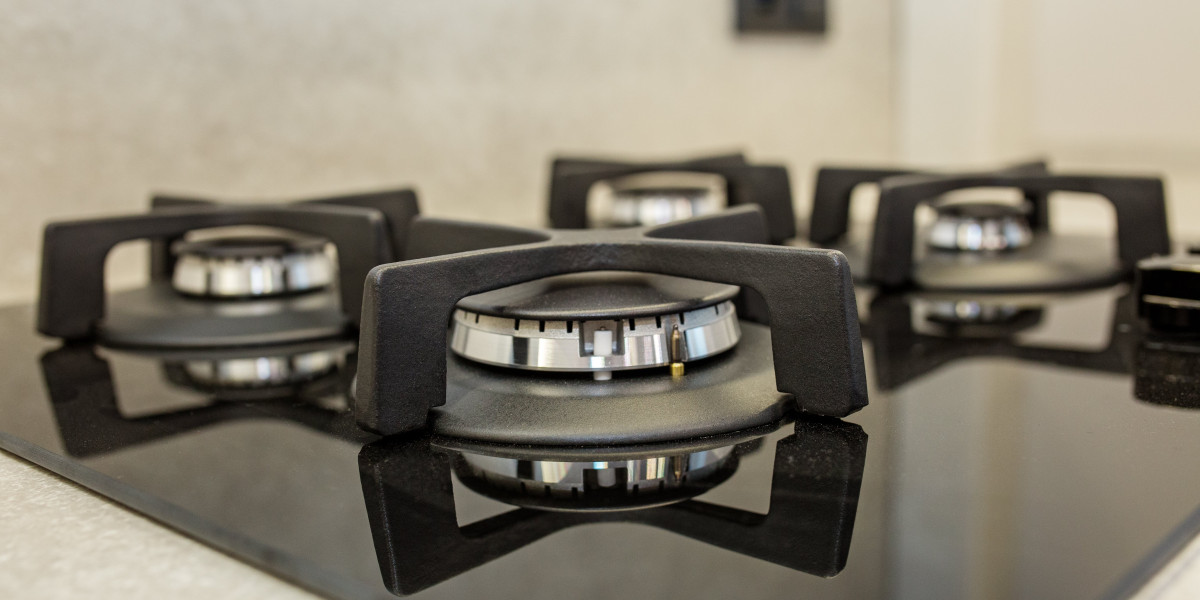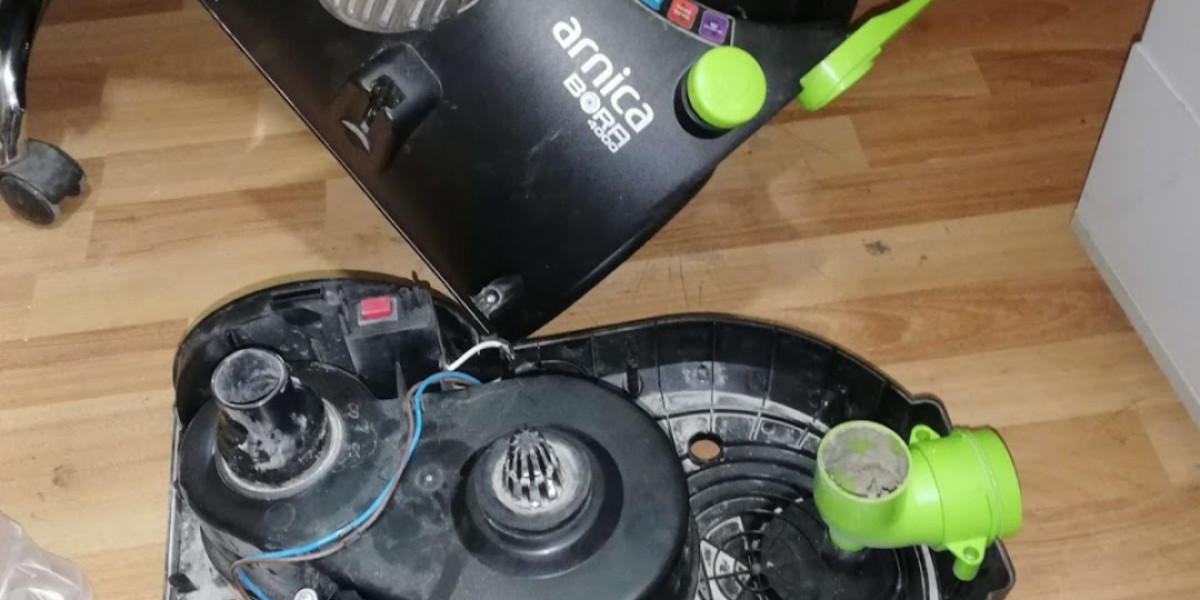When it comes to equipping your kitchen with the right appliances, ovens and hobs are two cornerstones of culinary convenience that no modern kitchen should be without. Whether you're an amateur home cook or a seasoned chef, the right oven and hob can elevate your cooking experience and transform your time in the kitchen. But with so many options and technologies available today, choosing the best oven and hob can feel overwhelming. This article delves into the details you need to know about ovens and hobs, covering types, benefits, and considerations for selecting the perfect fit for your home.
What is an Oven?
An oven is an enclosed chamber that cooks food using heat. Offering versatility, ovens allow you to bake, grill, roast, and even slow-cook recipes to perfection. Over the years, ovens have evolved to become smarter, more efficient, and tailored to meet varying needs.

Types of Ovens
Modern ovens come in various designs catering to diverse cooking styles. Here are some of the most common types available:
Conventional Ovens:
- Heat is generated through either gas or electricity.
- Basic models with minimal features.
- Affordable and suitable for simple cooking tasks.
Convection Ovens:
- Equipped with a fan and exhaust system to circulate hot air evenly.
- Ideal for baking and roasting as they cook food more evenly and quickly.
Steam Ovens:
- Use steam to cook food, locking in nutrients and moisture.
- Great for cooking vegetables, fish, and delicate proteins.
Microwave Ovens:
- Perfect for reheating, defrosting, and quickly cooking simple dishes.
- Modern microwaves often come with convection settings for added versatility.
Smart Ovens:
- Integrated with Wi-Fi or Bluetooth technology for remote control.
- Boast features like pre-programmed recipes and self-cleaning modes.
What is a Hob?
A hob signifies the stovetop section of your cooking unit, used primarily for frying, boiling, simmering, and steaming. Hobs come in different styles, which influence both their functionality and aesthetic appeal.
Types of Hobs
Gas Hobs:
- Produce an open flame for instant heat.
- Provide precise temperature control.
- Suitable for all types of cookware.
Electric Hobs:
- Use electricity to heat solid plates or resistive coils.
- Easy to operate and maintain but slower to heat up compared to gas.
Induction Hobs:
- Use electromagnetic fields to directly heat cookware, leaving the hob surface cool.
- Highly energy-efficient and safe, as only induction-compatible pots and pans work with these hobs.
Ceramic Hobs:
- Feature a smooth, glass-ceramic surface with electric heating elements underneath.
- Aesthetic and easy to clean, but slower to change temperature settings.
Choosing the Perfect Oven and Hob
When selecting an oven and hob for your kitchen, it's essential to assess your cooking habits, preferences, and budget. The following factors can guide your choice:
Considerations When Choosing an Oven:
- Cooking Frequency: If you often cook elaborate meals, a convection or smart oven may suit you better. For occasional use, a basic model can be sufficient.
- Space Availability: Wall ovens can save counter space, while freestanding units combine ovens and hobs in one appliance.
- Cleaning Features: Self-cleaning or steam-cleaning ovens (similar internet site) can make post-cooking cleanup much easier.
- Energy Efficiency: Look for an energy-efficient oven with an A or higher rating to lower utility bills in the long run.
Considerations When Choosing a Hob:
- Speed and Control: Gas and induction hobs are excellent for those looking for quick heating and precise temperature adjustments.
- Safety Features: Induction hobs are considered the safest option if there are children at home.
- Durability: Choose a hob built with high-quality materials such as stainless steel for longevity.
Combination Units:
Some households prefer freestanding units that integrate both an oven and hob in one appliance. While these are cost-effective, their design and flexibility might not match upgrading standalone units independently.
Benefits of Modern Ovens and Hobs
Investing in modern appliances doesn't just upgrade your kitchen; it enhances your overall cooking experience. Here are some key advantages:
- Improved Cooking Efficiency: Convection ovens and induction hobs reduce cooking times significantly.
- Versatility: From baking cakes to stir-frying vegetables, the right combination of an oven and hob lets you experiment with a variety of recipes.
- Ease of Cleaning: Brands now offer self-cleaning ovens and spill-resistant hobs, taking the hassle out of maintenance.
- Safety: Many appliances today have built-in safety features such as child locks, auto shut-off, and heat indicators.
FAQs About Ovens and Hobs
1. What is the difference between a conventional and a convection oven?
A conventional oven relies on natural hot air distribution, whereas a convection oven uses a fan to circulate hot air more evenly, resulting in faster and more uniform cooking.
2. Can I use regular cookware on an induction hob?
No, induction hobs require cookware made of ferrous metals (e.g., cast iron or magnetic-stainless steel). To check compatibility, place a magnet at the bottom of your cookware—if it sticks, it’s induction-friendly.
3. Are gas hobs safe to use?
Gas hobs are generally safe, but they necessitate ventilation and routine checks on the gas supply to prevent leaks. Models with flame-failure detection further enhance safety.
4. Which oven is better for baking?
Convection ovens are superior for baking as the fan ensures even heat distribution, resulting in uniformly cooked cakes, cookies, and bread.
5. What is dual fuel, and why should I consider it?
Dual fuel appliances combine a gas hob with an electric oven, providing the benefits of precise stovetop cooking along with efficient and even oven baking or roasting.
Tips for Maintaining Your Oven and Hob
Proper care extends the lifespan of your appliances. Follow these guidelines to keep your oven and hob in top shape:

- Clean Regularly: Use appropriate cleaning agents to remove grease and food residues.
- Inspect Components: For gas hobs, regularly check the burners and hoses for any blockages or leaks.
- Avoid Abrasives: When cleaning induction or ceramic hobs, use a soft cloth to avoid scratches.
- Follow Manufacturer Guidelines: Always refer to the instruction manual for servicing and maintenance requirements.
Final Thoughts
An oven and hob are indispensable components of every kitchen, and choosing the right model can make a world of difference. By understanding the available options and aligning them with your needs, you can ensure a seamless cooking experience. Whether you're renovating your kitchen or simply upgrading your appliances, this guide aims to simplify the decision-making process, paving the way for years of culinary delight.
Make the most of your kitchen, and let your oven and hob inspire your creativity and passion for cooking. Whether it's a comforting stew simmering on the hob or a delicious cake baking in the oven, the right appliances set the stage for culinary success.







